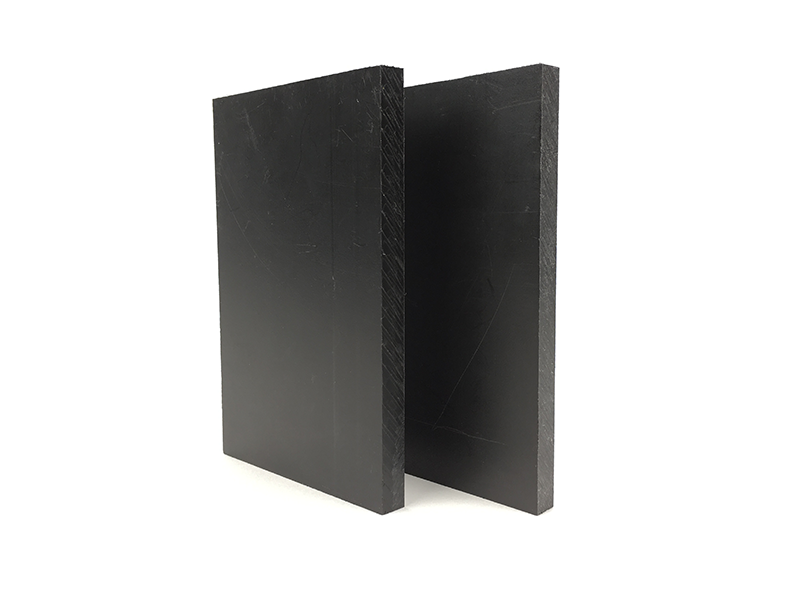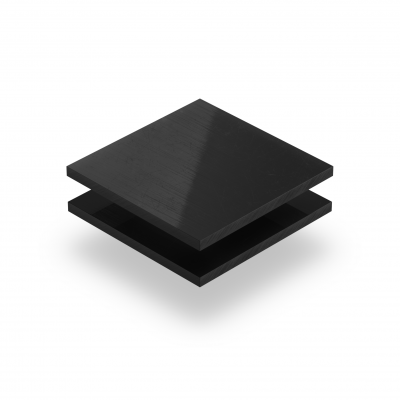Polyethylene, also known as polythene, polyvinyl chloride or HDPE sheets, is one of the world’s most widely used plastics. It comes in two variants: Low Density and High Density. LD has a different molecular structure than HD and is therefore also lighter.
Origin and properties
Like so many modern plastics, polyethylene was discovered by accident and it was not known at first what the new material could be used for; there was also a lack of production techniques. In 1933, HDPE was rediscovered and people started looking for a practical application of the material and, we can say, with great success. Polyethylene is the most widely used plastic in the world. Worldwide, 80 million tons are produced annually. We mainly know it as packaging material, such as plastic bags, bottles and packaging.
Polyethylene has a high tensile strength and is resistant to stretching. The low melting point makes it easy to mould, pour and recycle. HDPE sheets are naturally translucent or milky in colour but any desired colour can be achieved by using dyes. As previously mentioned, polythene is available in different densities, this has to do with the production process. In fact, the density can be tailored to the desired application. For example, polyvinyl chloride can be manufactured so that it is suitable for plastic bags, underground water pipes or even artificial joints.
Polyethylene as a sheet material
In our webshop, you will find polyethylene sheets in thicknesses from 3 to 20 millimetres. These plates are black in colour. Thanks to the favourable price, polyvinyl chloride is often used for applications where large sheet surfaces occur. However, polyethylene is also very suitable for small applications: the material is very suitable for precision machining, especially in HD form. An HDPE sheet is extremely stable dimensionally and is easy to machine using techniques such as sawing, milling, turning and drilling. Because polythene is a thermoplastic, it can also be welded properly.



